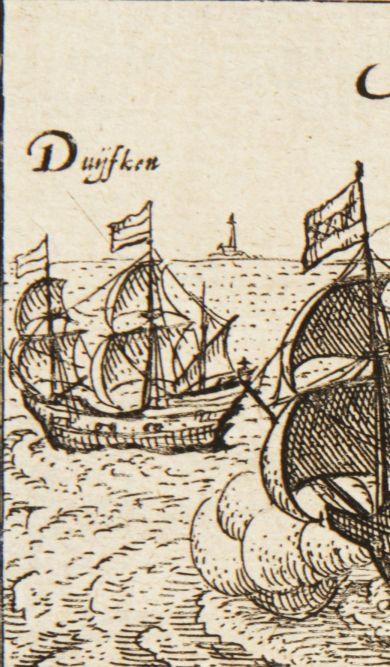Article Index
| Terra Australis: de role of the Dutch |
|
The Dutch were late in participating in the European voyages of discovery and conquest in the XVI and XVII century. In the discovery of Australia and New Zealand their role was relatively more substantial. Terra Australis stood for the huge southern continent that earlier geographers supposed to exist to keep the world upside right. It contained the landmass and larger and smaller islands that covered the southern part of the globe and area that became gradually known and named when the southern end of Ptolemy’s concept, 20 degrees south, started to be challenged in the late XV century. |
 |
| Het Duyfken in 1598
Source: Journal du voyages…, Middelbourg, Langenes 1598 |





